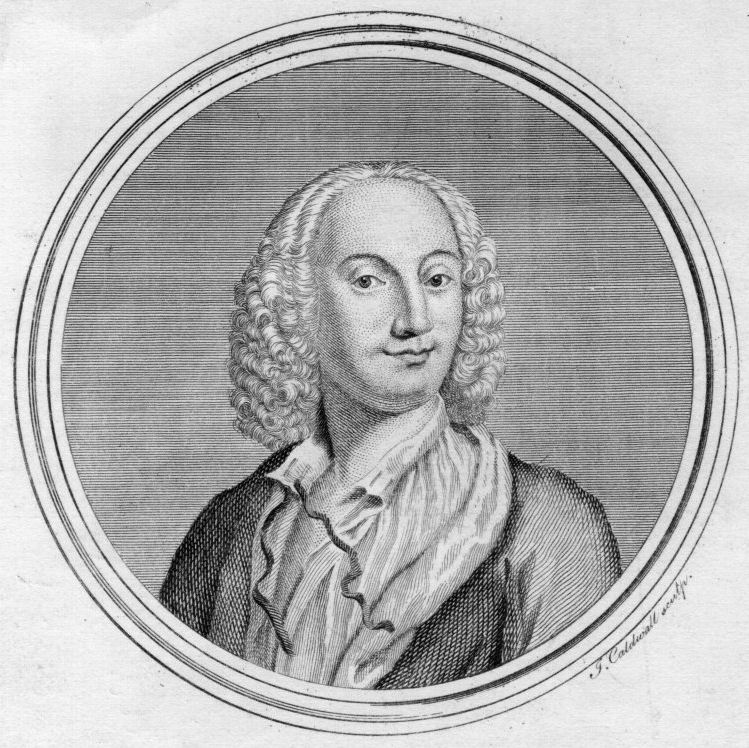
One day in 1668, Samuel Pepys (he of diary fame) went to Mr. Drumbleby’s shop in London and “did buy a recorder which I do intend to learn to play on, the sound of it being of all sounds in this world most pleasing to me.”
Today, few people would share Pepys’s enthusiasm. If the mention of the word “recorder” brings to mind that ghostly hooting and squeaking of schoolchildren blowing into plastic recorders, you’re probably not alone. For years, the instrument has been used as an educational aid in much of the western world but it’s invariably badly taught and badly played. Thanks to years of musical abuse in schools it has acquired rather a doubtful reputation. Of course, it was not always thus.
The recorder has a history spreading over eight centuries and its ancestors can be traced back much further. Technically it’s known rather unglamorously as “an internal duct flute” which is a flute with a whistle mouthpiece. When you come to think about it, the name is rather curious. It derives in a rather roundabout way from Middle French in which the verb recordeur meant to learn by heart, to recite or to play music.
The earliest known document in English mentioning “a pipe called the recordour” dates from 1388. The instrument became very popular during the Middle Ages and remained so during the Renaissance and the Baroque despite the fact that the puritanical kill-joy Stephen Gosson claimed in 1579 that playing the recorder was the first step on the road to hell.
The instrument fell into disuse during the nineteenth century but was revived in the twentieth, not only for educational use but to meet the needs of musicians wanting to recreate authentic sounds of the Baroque.
There is a large sign in town advertising something, I have forgotten exactly what, but it says “prepare to be amazed.” I’ve often wondered how one prepares for amazement. If you have found the secret, prepare to be amazed when you hear this performance. Maurice Steger is a Swiss musician who has been described by the British newspaper The Independent as “the world’s leading recorder player”.
Vivaldi of course is one of the most important Baroque composers and best known for his set of violin concertos known as The Four Seasons. Less well-known is the fact that he also wrote forty operas and several hundred concertos. In 1739, Charles de Brosses wrote that Vivaldi can compose a concerto faster than a copyist can produce the parts. Sometimes it sounds like it. Igor Stravinsky once dryly remarked that Vivaldi’s concertos are “the same concerto four hundred times”, which is probably a bit unfair.
The concerto is cast in the usual three movements (fast-slow-fast) the first of which is taken at a furious tempo and displays Steger’s phenomenal technique. The sheer velocity of his playing is extraordinary. Vivaldi makes a simple musical joke at the end of the movement which even gets a laugh two hundred and eighty years on. There’s a brilliant solo performance in the last movement too, with fine string playing from the supporting ensemble.
Incidentally, the RV number refers to the work’s place in the Ryom-Verzeichnis (Ryom Catalogue) a listing of Vivaldi’s works complied in the 1980s by the Danish musicologist Peter Ryom.
Giuseppe Sammartini was a Baroque Italian composer and oboist and was also known as St Martini, San Martini, San Martino or just plain old Martini. He hailed from Milan but spent most of his professional life in London. Giuseppe had a younger brother named Giovanni who was also a composer and oboist and people have been getting them mixed up ever since. I recently read an article about Giuseppe which, rather hilariously showed a portrait of his brother by mistake. To add to the confusion there was also a Milanese sculptor called Giuseppe Sanmartino.
Giuseppe Sammartini was an exceptionally skilled oboist who could also play the flute and recorder. He was once described as “the greatest oboist the world had ever known” so by any standards, he must have been pretty good. His three-movement Recorder Concerto is a much more sedate affair than the Vivaldi one and shows that Giuseppe Sammartini was gradually moving away from the ideals of the Baroque.
I’ve just remembered that there are a couple of recorders in the house. All this has inspired me to dust them off and get into practice. If you happen to be walking along the soi outside, don’t be surprised to hear the sounds of merry piping drifting over the garden wall.
 |
 |
 |





